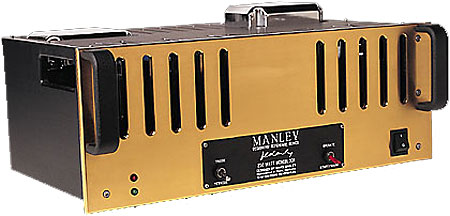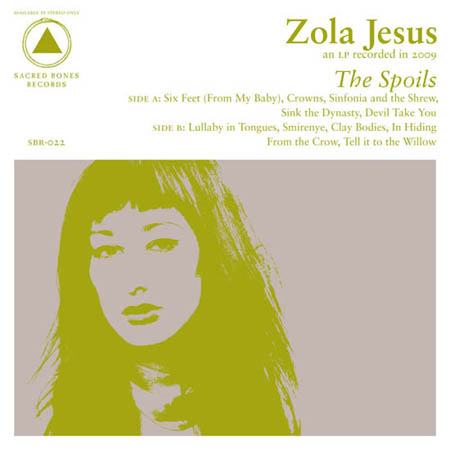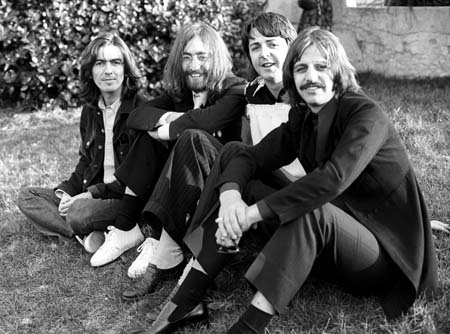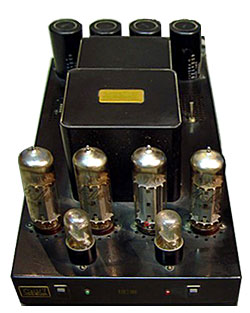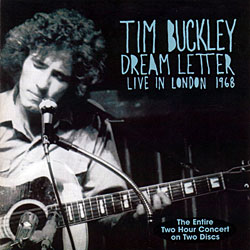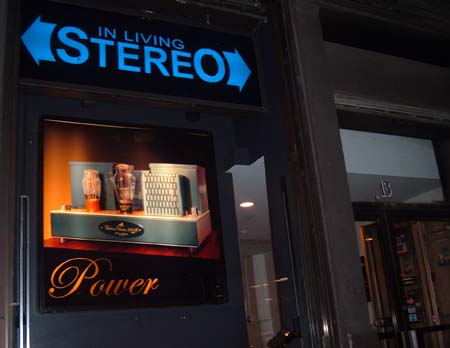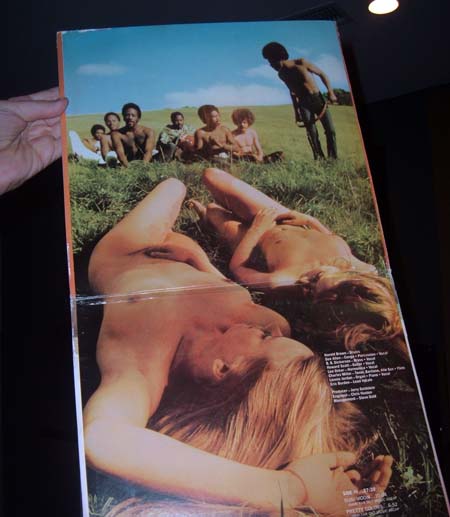CEDIA 2009 Day One
CEDIA Expo 2009 was off and running on Thursday September 10. The two large convention floors in Atlanta are packed with displays and products. The focus, of course, is on video, home theater, home integration and, even, centralized vacuum-cleaning systems. Of greatest interest to audiophiles remains the obvious: we all need loudspeakers! (Well, perhaps not the vacuum cleaner systems.) Unfortunately, the buzz on the floor precludes useful auditions and is so great that even the dedicated sound-rooms suffer from excessive noise. So, you will understand that good looks grab my attention.

